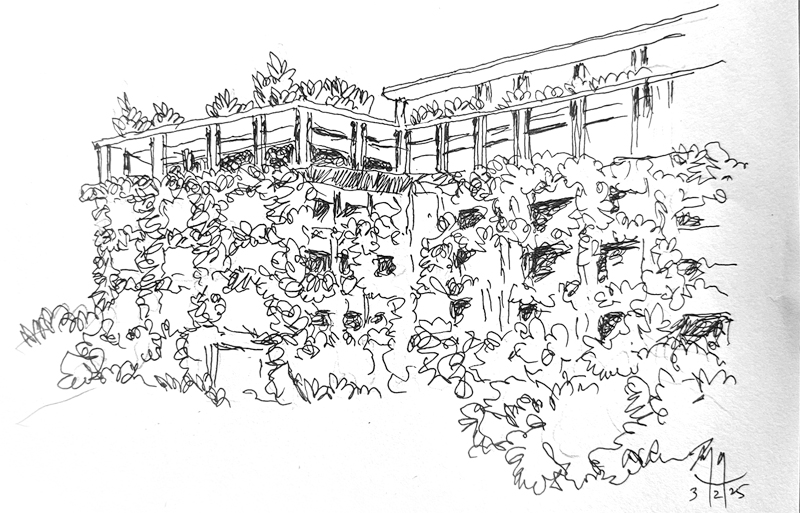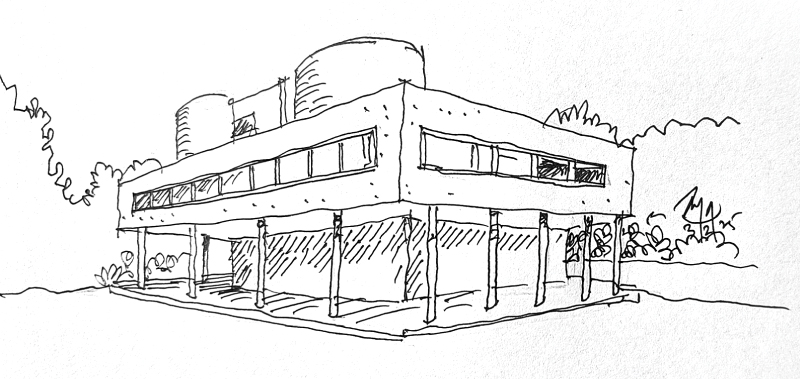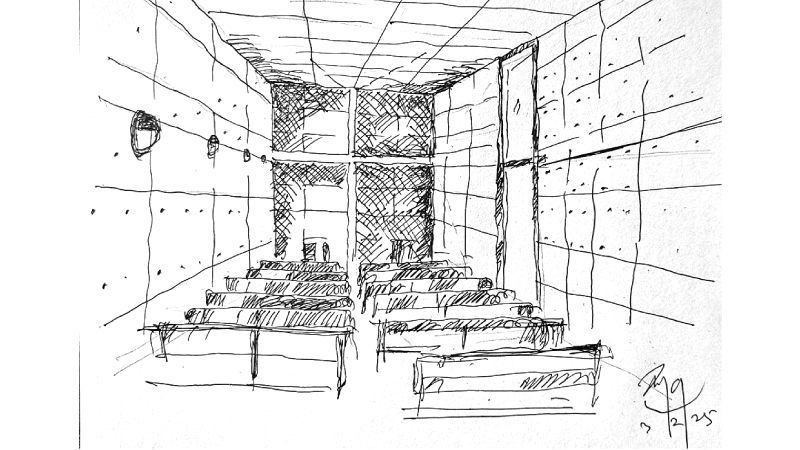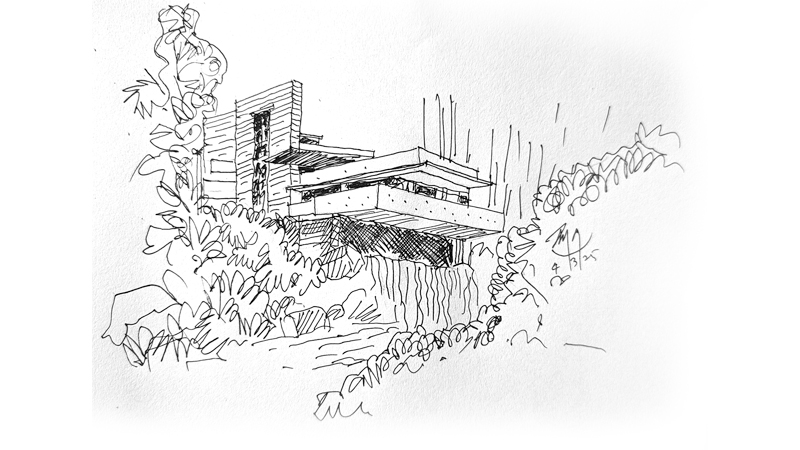 Have we ever thought about what exactly architecture is? Is it just about drawing plans and constructing buildings? No, architecture is more than that; it’s everything around us that is man-made. At its simplest, architecture is about creating a built environment — the constructed fabric of our surroundings.
Have we ever thought about what exactly architecture is? Is it just about drawing plans and constructing buildings? No, architecture is more than that; it’s everything around us that is man-made. At its simplest, architecture is about creating a built environment — the constructed fabric of our surroundings.
The word ‘Architecture’ comes from the Greek word ‘arkhitekton,’ meaning ‘Master Builder.’ This term is composed of two parts: ‘arkhi,’ which means leader or first person, and ‘tekton,’ which means mason or builder. Therefore, the original meaning reflects someone who oversees a building project from planning to completion.
Frozen music
To understand the basic ideas surrounding architecture, let’s look at how some well-known architects have defined it. One of the most famous quotes in the architecture world is, ‘Architecture is frozen music’. This phrase comes from the 18th-century German writer, Johann Wolfgang von Goethe, who said, “Music is liquid architecture; architecture is frozen music.” This idea might sound poetic, but it raises an interesting question: is architecture really frozen music?

Kandalama Hotel by Geoffrey Bawa
Architecture involves shaping spaces, forms, and structures with rhythm and flow, just like music does. Spaces are organised for specific functions and by doing so, we create physical forms that stand in nature. Unlike music — where people can choose whether to listen to a piece — a building is something we encounter daily. We cannot ignore architecture because we live, work, and move through buildings.
When someone says, “Architecture (House) is a machine for living,” it definitely gets us thinking. Buildings have specific purposes, made to fulfil basic human needs such as protection from weather, animals, and other threats. Le Corbusier, a major figure in modern architecture, famously said, “House is a machine for living.” Just like we use vehicles to travel or chairs to sit, we use houses for resting, eating and more. At a basic level, a house serves as a machine for living.
The purpose of a building significantly influences its design. Architect Louis H. Sullivan introduced the term “Form follows function.” This means that a building’s appearance should reflect how it is used. The external design of a structure should be honest about its function. For example, a factory should have a look that suggests its purpose, just as a churchshould appear designed for prayer.
Harmonise with the environment
Even though a building’s design emerges from its function, it must also respond to its environment. A structure should feel like it belongs in its surroundings—not like something that has been plonked from the outside. As the saying goes, “House should be of the rock, not on the rock.” When designing a house, it should be integrated into its context.

Villa Savoya by Le Corbusier
The legendary architect of Sri Lanka, Geoffrey Bawa said, “The site gives the most powerful push to a design along with the brief. Without seeing the site I cannot work. It is essential to be there.” He believed that understanding the site was essential to create a meaningful design. His work reflects this approach, as his buildings harmonise beautifully with their environments.
For example, in designing the Kandalama Resort — one of Sri Lanka’s most notable hotels — Bawa envisioned that one day, the structure should blend seamlessly into the surrounding nature.
Can we create spaces in architecture that are full of endless forms, shapes and elements? Where should we draw the line? This question brings us to the important idea of “Less is More,” famously stated by German-American architect Mies Van Der Rohe. In architecture, the goal isn’t to overcrowd spaces with every possible object, but rather to choose specific elements that allow for empty spaces. These empty areas are essential for human life to interact and thrive.
Minimalist approach
Taking this minimalist approach further, celebrated Japanese architect Tadao Ando said, “If you give people nothingness, they can ponder what can be achieved from that nothingness.” However, postmodern architect Robert Venturi offered a different perspective by arguing that “Less is a bore.”

Church of Light by Tadao Ando
Despite these differing views, there is one common thread: architects design buildings to meet fundamental human needs. An architect’s journey usually begins with the first sketch, then moves to a conceptual design, and finally leads to detailed drawings. Being responsible for the project from start to finish, an architect serves as the leader and master creator of all the elements in a building.
Technological adventure
While it’s true that architecture can often seem like a world of beautiful drawings and stunning buildings, it’s also a science — a technological adventure involving materials such as stone, steel, cement, and more. Once a building is completed, it stands firm in front of our eyes; correcting mistakes becomes quite challenging.
As Frank Lloyd Wright wisely put it, “A doctor can bury his mistakes, but an architect can only advise his clients to plant vines.” This highlights the importance of thoughtful design in architecture. Everything needs to be carefully planned and executed, as what is built remains for all to experience and see.
****
Chartered Architect Sumudu Athukorala holds a BSc and a Master’s degree in Architecture from the University of Moratuwa. In 2020, he was honoured with the Young Architect of the Year award. After working with MICD A from 2006 to 2018, he started his architectural practice. Being a passionate writer on architecture and Art, he is the editor of the architectural journal Vasthu.






